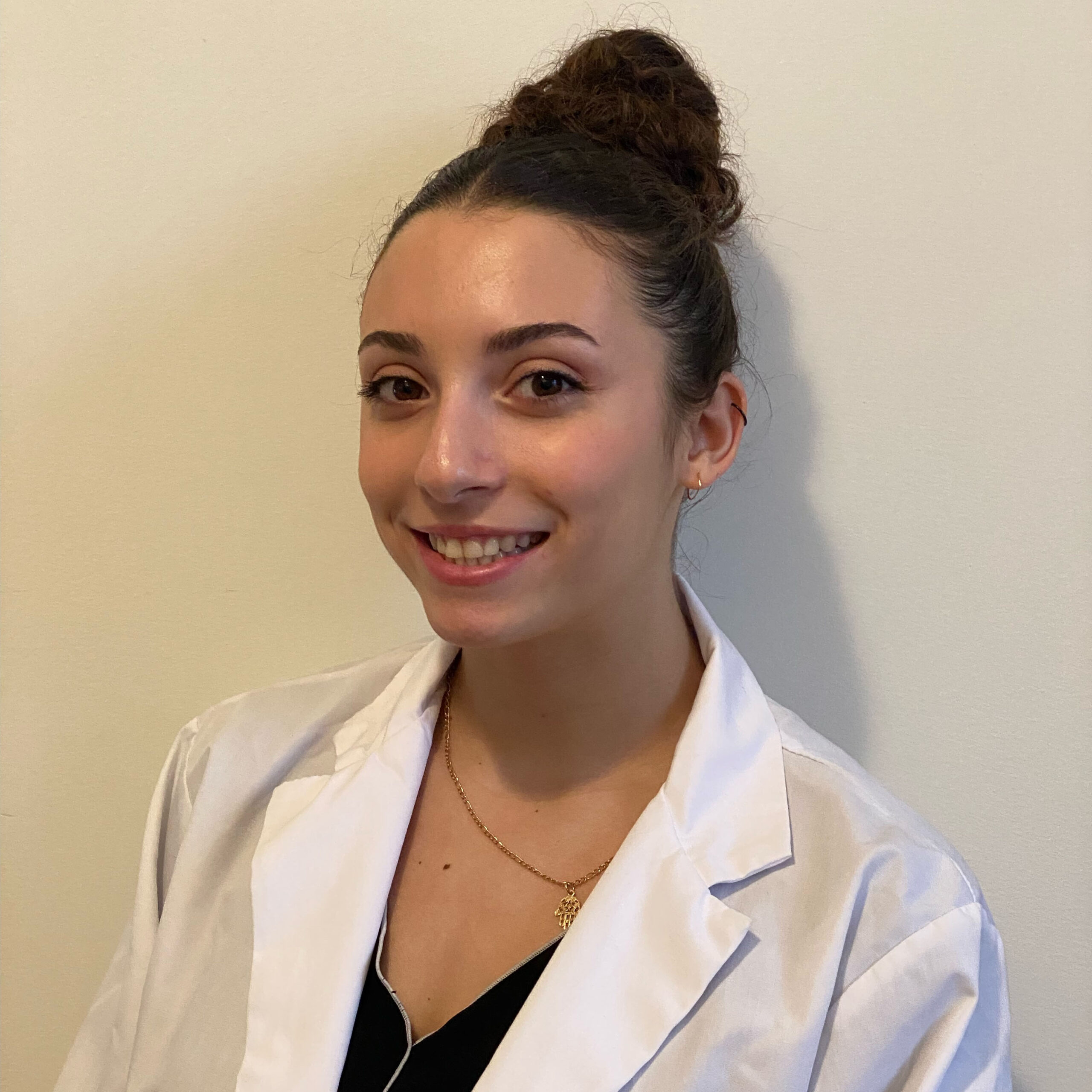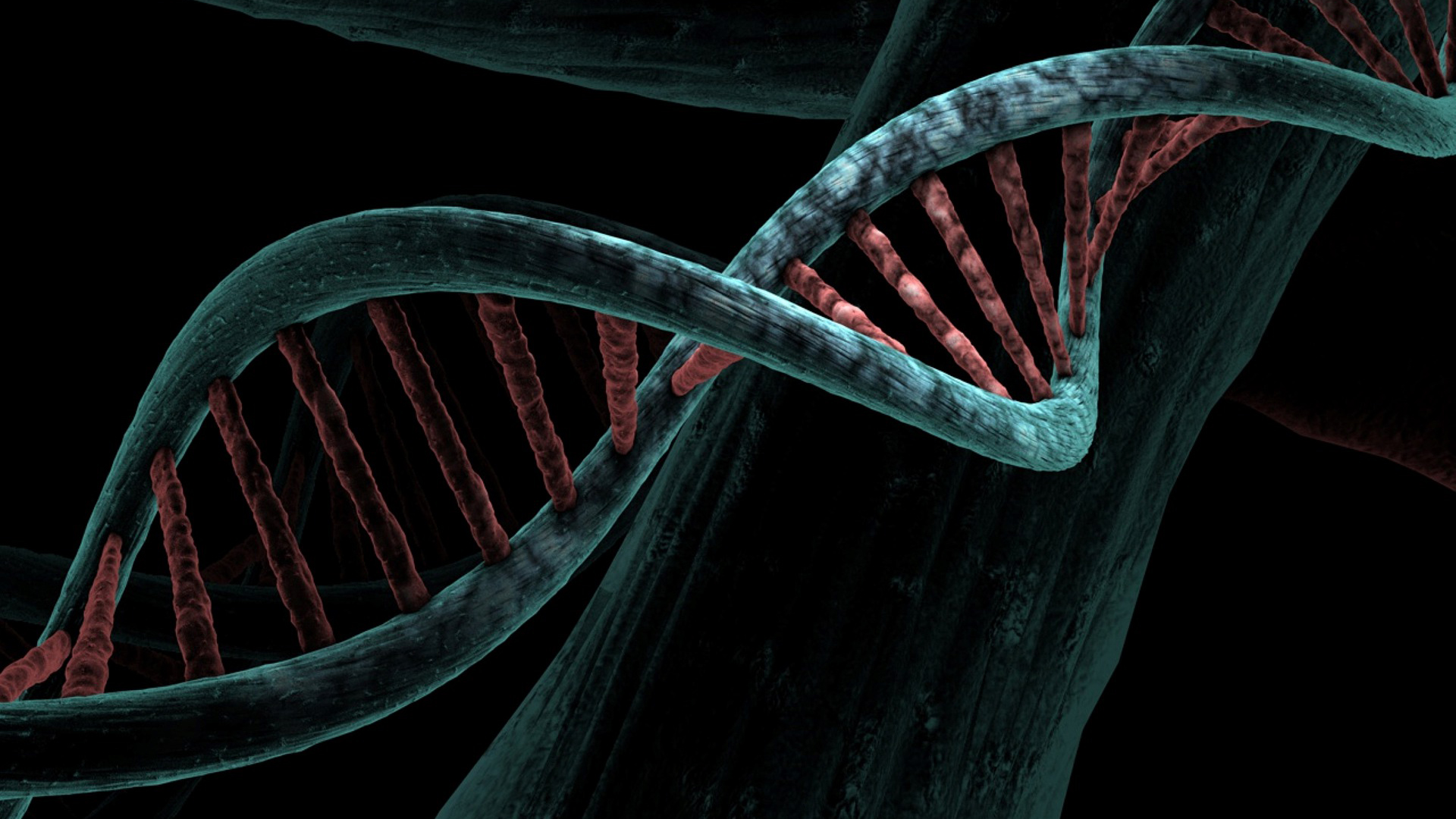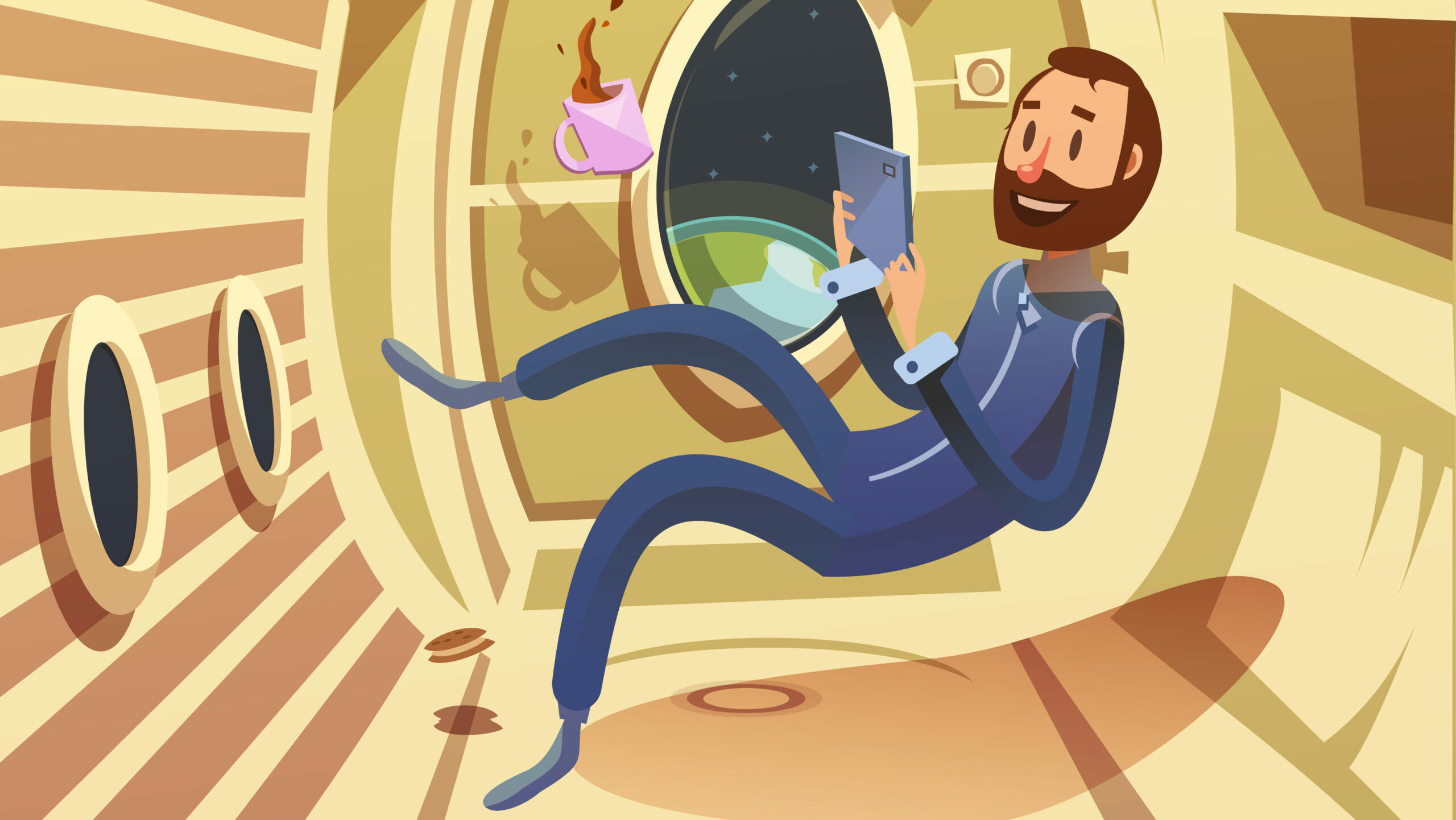Reading Time – 10 Minutes, Difficulty Level 2/5
On the surface, humans appear to be constructed of skin, bones, fat, and muscle. Deep inside each of our cells, however, lies the true essence of our lives, DNA. Our DNA blueprint is full of variation when compared to the population. These variations are considered mutations; a broad term for any changes to the DNA sequence. There are common and rare mutations that may or may not be associated with physical differences, such as disease. In this article, we explore the world of mutations and what they mean for our health. First, we should attend a crash course in the fundamental unit of life: DNA.
What is DNA
Every cell in our body, with the exception of red blood cells, contains a DNA genome organised into 23 chromosomes, long fibres of DNA packaged around proteins. The genome is protected within the cell’s nucleus, an exclusive section of the cell that closely regulates what can enter and exit, and when. Our DNA genome is the code, or blueprint, that tells our cells what proteins to make, how to behave, and how to interact with other cells. Each cell, despite sometimes being wildly different from one another, contains the exact same genome within their nucleus. What is different between perhaps a skin cell and a muscle cell, is the expression of genes. Genes are sequences of DNA that lie within chromosomes. They can be overlapping each other or directly next to each other, somewhat like an assembly line along the chromosome. The human genome has approximately 20,000 genes, and each cell type expresses a different combination of some of the options, despite containing every gene within the genome. Genes can be turned “on” or “off”, allowing our cells to quickly adapt to environmental stimuli such as low oxygen or the binding of signalling molecules secreted by nearby cells. When we think about mutations, we are typically thinking of small changes within a gene; however, there can also be mutations at the chromosomal level, which we will get into soon.
What is the Structure of DNA?
In order to fully grasp the concept of mutations, we need a decent understanding of how DNA is structured. DNA is a double stranded helical molecule, which essentially looks like a spiral staircase. The helix is made of building blocks that we call nucleotides. Each of these nucleotides is made up of a phosphate group (a phosphorus atom bound to four oxygen atoms), a sugar group (deoxyribose), and one of four types of nitrogen bases. The nitrogenous bases are adenosine (A), thymine (T), guanine (G), and cytosine (C). To form a strand of DNA, nucleotides are linked into chains through an interaction between the phosphate and sugar groups. Two chains are then coupled into what we call a couple helix structure through interactions between the nitrogenous bases. For this to work, the strands, or chains, of DNA must be complementary to each other, meaning they are opposite. For example, if one strand has AATT, its partner strand must have TTAA.
Mutations
As previously mentioned, mutations can occur on both small and large scales, and can impart physical changes or be completely “incognito”. Mutations are relatively common, although many factors impact their prevalence within a population. These include environment, mate selection, size of the population, what type of cell the mutation occurs in, and more. Interestingly, our cells have evolved “quality control” machinery that will identify changes in the DNA and repair it, a testament to the prevalence of random mutations our genomes experience.
With a better understanding of DNA and what a mutation really is, we can now discuss some common mutations.
Point mutations
The simplest of all mutations, a point mutation is any instance of a single base pair change in the DNA sequence. For example, if part of a gene normally has the sequence, “AGTC”, a point mutation may have the sequence, “AATC”. There are three subtypes of point mutations: missense, nonsense, and silent.
A missense mutation is classified as a point mutation that codes for a different amino acid. Without getting too deep into the weeds of protein expression, an amino acid is a protein subunit. The nucleotide sequence of each gene codes for a specific sequence of amino acids, with every group of three nucleotides corresponding to one amino acid. A missense mutation occurs when the change in nucleotide changes the amino acid subunit within the corresponding protein. These can have a positive, negative, or no effect on the protein function depending on the location within the gene.
A nonsense mutation occurs when a point mutation causes the coding of a premature “stop codon”. A stop codon is a cluster of three nucleotides that tells the cell machinery to stop making the protein. Thus, a premature stop codon within the middle of a gene will translate to only half the protein being synthesised. As you can imagine, a protein missing half its sequence is typically going to be less efficient at its predetermined function.
Finally, a point mutation can be classified as a silent mutation. These are point mutations that do not change the amino acid sequence of the protein, and therefore have no potential to impact its structure or function. Without DNA manipulation and sequencing methods, we would have no way of identifying a silent mutation, because it does not elicit any changes to protein or cell function.
Deletion and Insertion mutations
As their name suggests, these mutations occur when one or more nucleotides are lost from or added to the DNA sequence, respectively. This can have large impacts on the subsequent protein structure, either through completely changing an amino acid (if a full codon is deleted, for instance) or through a frameshift. In most cases, both deletion and insertion mutations can be classified as frameshift mutations if they alter the reading frame of DNA. The reading frame is the order of the groups of DNA codons (3 nucleotides) that are read to code for an amino acid.
For example, if the reading frame is usually: ACT TGA GGC CTA … , each group of three nucleotides will code for one amino acid in the protein sequence. If a deletion mutation occurs, the reading frame will “shift”: ATT GAG GCC TA. … As we can see, every codon in this sequence will now correspond to a different amino acid, imparting devastating effects onto the protein sequence.
Duplication Mutations
When DNA is replicated by our cellular machinery, confusing or very repetitive sequences may be accidentally duplicated. The result of this mutation is extra copies of certain DNA sequences within or outside of a gene. Similar to the other mutations we’ve discussed, this can impart structural and functional impairment to the final protein.
Some mutations are known as heritable, meaning they can be passed down to an individual’s offspring. These heritable mutations are known as germline mutations, because they are present in germ cells. Every human has many germ cells, with women carrying eggs (oocytes), and men harbouring sperm (spermatozoa). When a mutation occurs in the genome of a woman’s egg, for example, there is a possibility that the egg will be fertilised by sperm and pass the mutation onto the foetus. If a woman has a mutation in her skin cells, though, this is known as a somatic mutation which cannot be passed onto her offspring.
Mutations in Disease
Many diseases have been discovered to be caused, at least in part, by variations of the genome. These mutations can occur in one gene or multiple, and environmental variation also plays a large role in the pathogenesis of an individual’s disease.
Some common diseases caused by single gene mutations include cystic fibrosis, Huntington’s disease, and sickle cell anaemia. Despite being caused by mutations in only one gene, that is not to say that each patient has the exact same mutation. A group of individuals with cystic fibrosis, for instance, may all have a mutation in the CFTR gene, but in different areas of the gene. The important thing to note here is that a disease causing mutation is due to impairment of protein function. Whether that impairment comes from a mutation in the beginning, middle, or end of a gene does not necessarily matter in the context of disease. Additionally, some patients with cystic fibrosis who happen to have the exact same mutation may experience different disease symptoms or severity. This discrepancy is due to differences in environmental factors that may influence disease pathogenesis.
In terms of multi-gene disorders, some excellent well known examples include some cancers, diabetes, Alzheimer’s disease, and schizophrenia. Multi-gene disorders involve the mutation and dysregulation or impairment of many genes, and are also highly dependent on environmental risk factors. For example, schizophrenia tends to run in families and several genes have been associated with higher risk of development (genetic component), but high stress and/or excessive marijuana use as an adolescent have also been linked to the development of the disorder (environmental component). These tend to rely on a culmination of risk factors, thus, having one mutation associated with increased Alzheimer’s risk doesn’t mean an individual will assuredly develop the disease.
When Mutations are Helpful
A natural assumption when learning about mutations is that they are always negative. In fact, mutations are an integral aspect of life and, without them, humans (and every other living organism) would not be able to survive. Environments change rapidly, and mutations allow a species to quickly adapt to the instability around it, ensuring its survival. One example of an especially relevant beneficial mutation seen in our population is mutations that impart HIV resistance. In many people, typically of European descent, mutations in the CCR5 gene impart resistance to HIV pathogenesis, delaying the onset of AIDs and, in some cases, imparting immunity. CCR5 is one of the main cell surface targets for HIV thus, mutations in this gene make it extremely difficult for HIV to infect cells.
Changes to our genome are plentiful and may be caused by environmental factors (smoking, UV exposure, etc) or cellular machinery malfunctions. Although they can impart negative traits such as the onset of diseases, they also drive evolution and protect us from some environmental assaults. When thinking about mutations and their effects, I urge everyone to avoid focusing on the negative impacts, and instead marvel at the complexity and intricacies of our cells.

I’m a first year Masters student at Queen’s University, Ontario, Canada studying Immunology and Cancer, following on from completing a BSc at the University of Guelph, Ontario.
I have a passion for Molecular Biology, with a particular interest in the use of modern molecular techniques to treat and cure disease.








